Did you know the Wasters Gang could be hiding out in your home right now? This activity might lead you to them! Let's find the places where they could be hiding.
Activity Overview: Find a list items related to energy and water use and conservation in your home. This scavenger hunt is designed to teach children and families about energy and energy conservation while keeping them on their feet and entertained!
*This activity requires adult supervision and therefore should be completed with the help of a parent or guardian.
*Homes will vary, therefore feel free to skip over appliances or components that do not apply.
Time Required: 30 minutes to 1 hour, varies (activity can be repeated seasonally)
Start off by making a map of where you live. It doesn't have to be perfect, but be sure to include all the rooms and spaces in your home. You can print the page we have for you, or use your own graph paper. Label each room, like “bedroom” and “kitchen.”
Here are the things we're looking for. As you find each one, mark its location on your map and check it off the list. If you home doesn’t have something, that’s ok—it just means the Wasters aren’t hiding there!
Let's start with some easy ones.
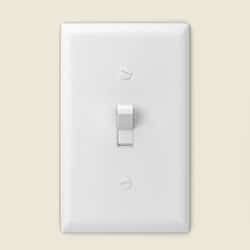
You'll probably be able to find a light switch on the wall near a door. A switch is usually used to turn the lights on and off, but sometimes they are used for a ceiling fan or an electrical outlet. The Wasters like to light up empty rooms, so if there's nobody in the room, be sure the switch is off.
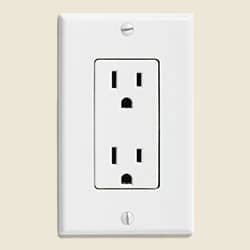
You won't find the Wasters inside one of these, but they can still be dangerous! Never poke anything into an outlet, or you could get shocked or start a fire! It's also important that you don't have too many things plugged into one outlet.
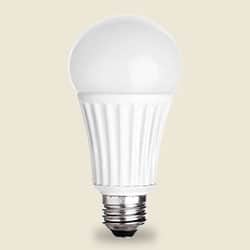
Find something in your home that has a light bulb in it. Does the bulb get very, very hot when it's turned on? It might be an old-fashioned incandescent bulb—the Wasters favorite kind! The Watt Watchers like new LED bulbs. They don't get hot, and they use a lot less energy for the same amount of light.
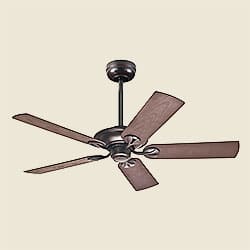
Many homes have a ceiling fan in one of their rooms. These don't actually cool off the room, but the moving air makes the room more comfortable. Did you know most ceiling fans can turn both directions, to blow air up or down? In cooler weather, you may want to run your fan so that it blows air up toward the ceiling and around the room, making it feel warmer. Fans are like lights—make sure they're switched off when no one is in the room!
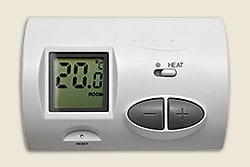
This one might be a little harder to find, so don't be afraid to ask for help. It will be on a wall, but higher than a light switch. This is the device that controls the air conditioning and furnace that keeps your home cool and warm. The Watt Watchers recommend setting yours to 68°F (20°C) in the winter, and 78°F (25°C) in the summer.
Here's a video from the Watt Watchers' friends at the Department of Energy about setting your thermostat.
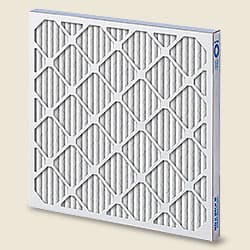
If your home has central heating and air-conditioning, you can find an air filter on a wall or ceiling, behind a grill. The air filter catches dirt and pollen before your furnace or air conditioner fan spreads it around the house. Some filters can even capture germs and viruses that make you sick! The filter should be replaced every 3 to 6 months, or whenever it gets clogged.
There are lots of places the Wasters hide out in your kitchen . Let's try to find all of them. Don't forget to put these on your map!
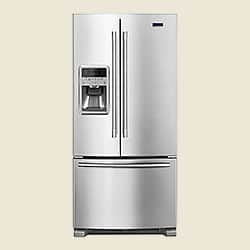
The refrigerator is a great hiding spot for the Wasters Gang. Don't keep the door open too long, and make sure it closes tightly to keep the cold air inside. Set the temperature between 35°F–38°F (2°C–3°C).
Putting your old refrigerator in your garage can cost you more money. Since a garage gets hotter during the summer than inside the house, the refrigerator must run longer to stay cool. Check out this calculator to see how much energy and money you can save by switching out an old refrigerator.
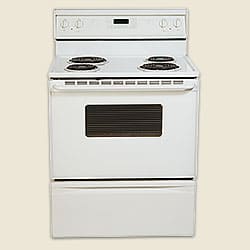
When you're cooking on the stove top, be sure to cover your pots and pans when you can to keep the heat in. And when you're using the oven, try to keep from peeking too often. You let hot air out when you open the door. When the weather is warm, try to use your oven less. It will heat up the kitchen, and your air conditioner will have to run longer to get rid of the heat. Consider grilling outside instead. Lil' Tex says food cooked outdoors tastes better!
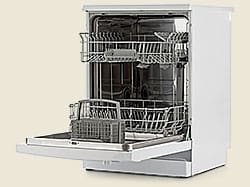
Rinsing dishes before loading them in the dishwasher increases the total water and energy used. Save yourself the rinsing - just scrape food off dishes. ENERGY STAR certified dishwashers and today's detergents are designed to do the cleaning so you don't have to. If your dirty dishes sit overnight, use your dishwasher's rinse feature. It uses a fraction of the water needed to hand rinse.
Dishwashers use about the same amount of energy and water regardless of the number of dishes inside, so run full loads whenever possible. Use a rinse agent and select the no-heat drying option. It gives good drying results with less energy.
If you don't have a water and dryer in your home, feel free to skip ahead. But if you do, we want to make sure the Wasters Gang isn't hiding out in them!
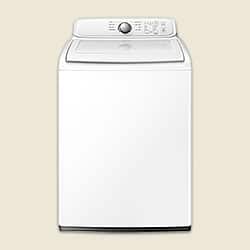
The easiest way to save money and energy when you use the washing machine is to choose cold water. Water heating consumes about 90% of the energy it takes to operate a clothes washer! Unless you’re dealing with oily stains, washing in cold water will generally do a good job of cleaning.
Also, clothes washers use about the same amount of energy regardless of the size of the load, so run full loads whenever possible.
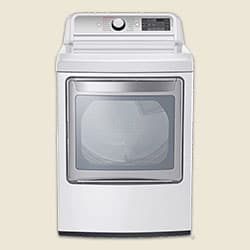
If your dryer has a sensor option, use it instead of a timer. Longer drying cycles on a low heat setting use less energy. And if you can dry your clothes on a line outside, you won't use any energy at all!
Cleaning the filter after every load will improve air circulation and increase the efficiency of the dryer. It’s also an important safety measure.
According to the Consumer Electronics Association, the average household owns 24 consumer electronics products which are responsible for 12 percent of household electricity use. Let's see if we can find some of them!
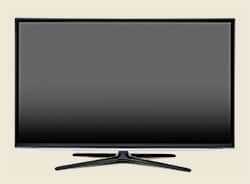
You can probably find this in your living room, and maybe in a bedroom. Just like the lights, make sure to tun the TV off when nobody is watching it. And if you have cable or satellite TV, make sure those boxes are switched off also.
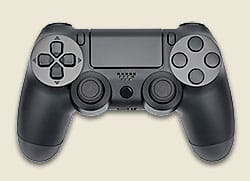
Most game consoles are connected to TVs, so the same rules apply: turn them off when you're not using them. The Xbox and Playstation also have power saving settings you can read about here.
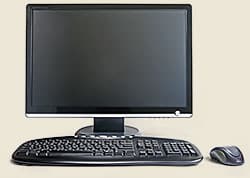
Set the power and sleep settings on your computer (Windows |Macintosh) so it will automatically sleep the computer and switch off the monitor when you're away from the computer for more than a few minutes.
The Wasters Gang also likes to hide out in your home's pipes, so let's make sure they're not there!
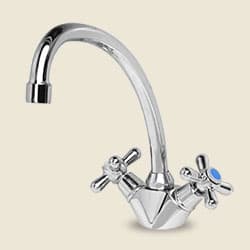
You can find a faucet on your kitchen and bathroom sinks. Your home may also have faucets on the outside where you attach a water hose. Make sure none of them are left on or dripping.
Here's Lil’ Tex and Ann’s friend Flo to show you more about saving water!
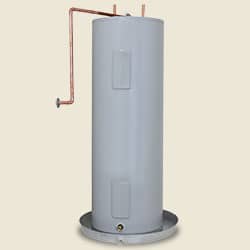
This one's a little tricky. If you live in an apartment building, your home may not have its own heater, but gets its hot water from a central source. Other homes will have a water heater in a garage, the attic, or a utility closet. The temperature should be set between 120°F–140°F (49°C–60°C). Setting it too high not only wastes energy, but can cause serious burns!
You may need an adult's help to find these, so go get help!
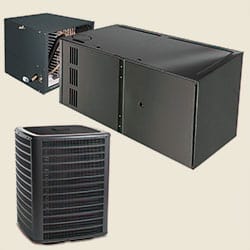
You've already found the thermostat that controls the furnace and air conditioning, but this is the actual equipment that heats and cools your home. The furnace uses either an electric coil or a natural gas burner to heat the air. The air conditioner has two parts: a condenser inside your home, and a compressor on the outside. See if you can find both!
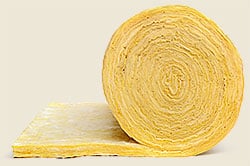
Insulation helps keep your home a comfortable temperature by keeping the heat in or out, like how a cooler keeps your drinks cold. You can't see the insulation in the walls of your home without cutting a hole in the wall, but you may be able to see it in the attic with an adult's help. It may look like cotton candy or foam, but don't touch or taste it!
Optional Activity: Have students photograph the scavenger hunt items in their home and use the photos in a presentation about the items, where they were, and their connections to saving energy or water.
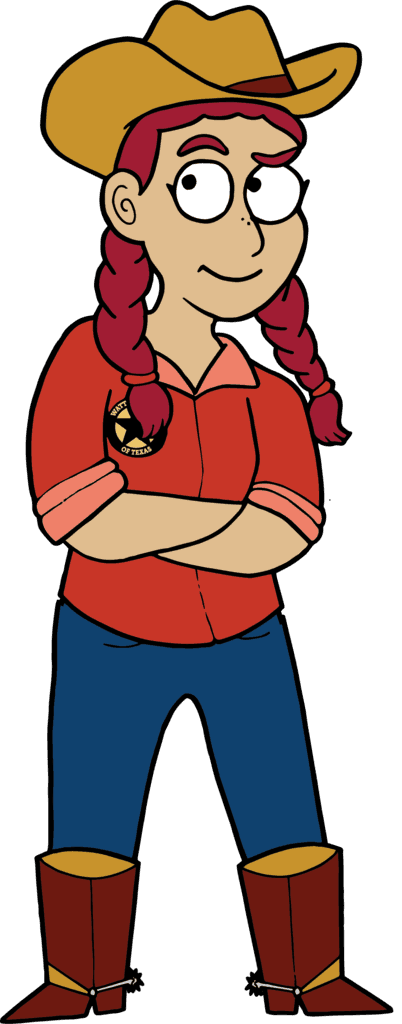
We'd love to help answer any questions and help you get started! Drop us a line and we'll get back to you as soon as we can.
Watt Watchers of Texas
204 E. Dean Keeton Street, Austin, Texas 78712
contact@watt-watchers.com
Nos encantaría contestarle cualquier pregunta que tenga y ayudarle empezar! Envíenos un mensaje y nos pondremos en contacto con usted lo antes posible.
Watt Watchers de Texas
204 E. Dean Keeton Street, Austin, Texas 78712
contact@watt-watchers.com